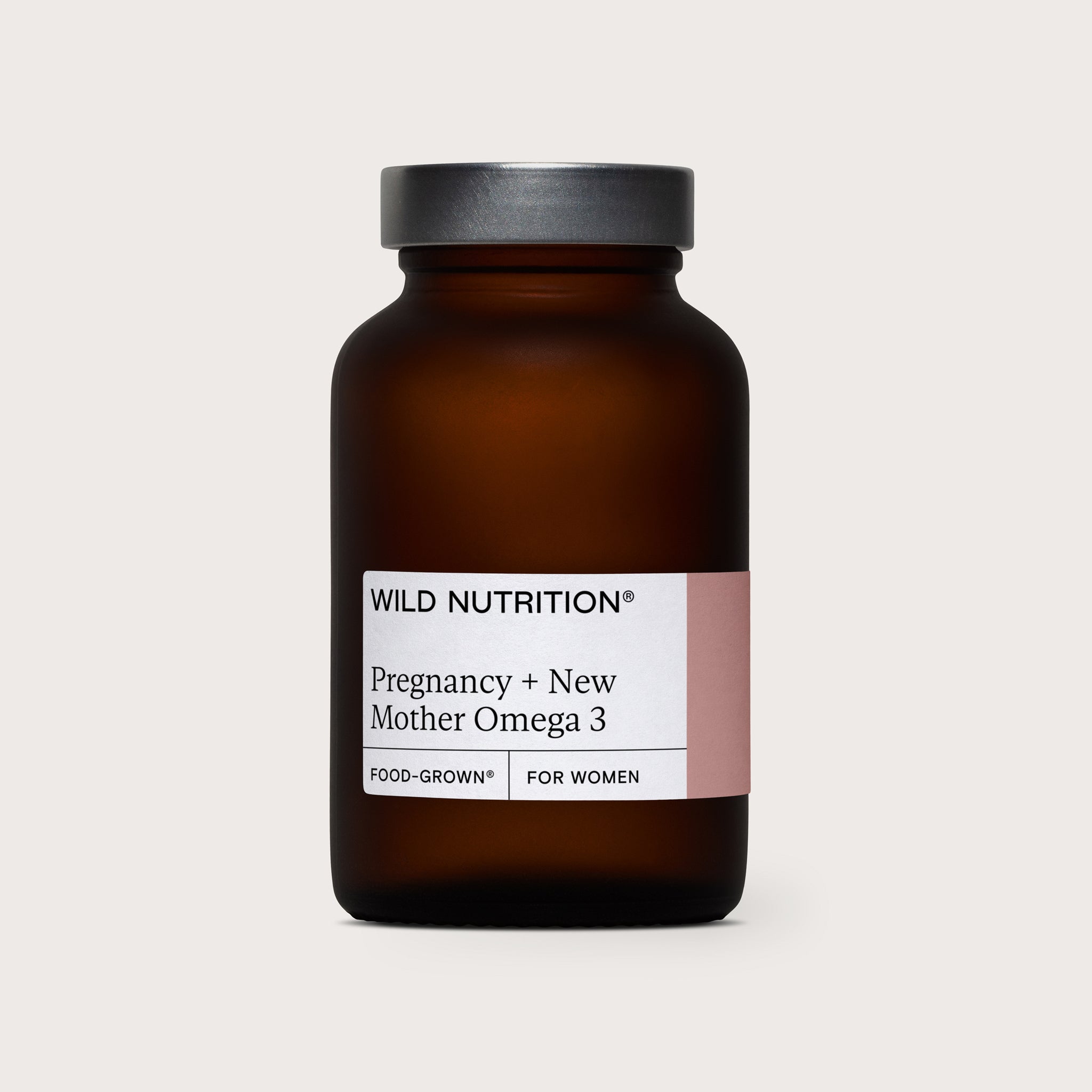
6 nutrition tips to help manage your blood sugar
Blood sugar regulation is a complicated balancing act that the body can do quite well in most cases. We can, however, give it a really good helping hand through a good diet and lifestyle.
When we don't get enough of the nutrients we need or eat in the right way, little cracks in our equilibrium may occur, and we can experience symptoms of blood sugar fluctuations. If this is experienced regularly, it can over time create an imbalance in other, sometimes seemingly unrelated, areas of health, including our weight, hormone balance, response to stress and risk of diabetes.
What can we do then to help limit and manage fluctuations and keep our blood sugar in check?
1. Be your own sugar detective
High sugar foods are not always obvious. Here are just some of the hidden sugars you may be eating daily:
White flour products
These are often both nutrient-poor and release glucose quickly into the bloodstream. Avoid all white flour carbohydrates such as white bread or pasta. Switch to brown rice, quinoa, oat or buckwheat. Ideally, stick to a fist-sized amount of carbohydrates and have generous servings (ie half your plate) of vegetables and salad and proteins like meat, fish, eggs, beans and legumes. Avoid white potatoes and switch to sweet potatoes instead. You can also use vegetables as a starchy carbohydrate replacement. For example, a raw carrot and beetroot salad instead of rice.
Fruit
Getting the right ratio of fruit and vegetables in your diet is also important. Try to stick to two pieces of fruit per day to minimise fructose (fruit sugar) and choose fruit lower in fructose, such as pears, apples, plums and any berries. If you do suffer from blood sugar fluctuations, you may wish to avoid bananas, mango and pineapple. Dates have become enormously popular with health food blog recipes, but they are very sweet, so you only need a few (not 10 or 20)! A good trick to slow down the release of sugar is to combine fruit with nuts and seeds, so you might eat 1 apple alongside 4 almonds and a small handful of pumpkin seeds. All vegetables are great, but be careful to either moderate your intake of starchy vegetables such as parsnips and pumpkin or preferably eat them with plenty of protein and healthy fats (see point no 2). Generally, try to avoid fruit juice, as the fruit sugar will be released more quickly than when eating whole fruit because fruit juice lacks the fibre.
Added sugars
If you want to sweeten a hot drink, try a little maple syrup, natural stevia root powder or coconut sugar. Honey is OK if local or manuka (some bees are fed sugar to make commercial honey, so avoid these where you can). Be vigilant about checking snack food labels for glucose syrup, dextrose syrup and high fructose corn syrups, as these types of sugars will cause blood sugar levels to soar. We recommend avoiding sweeteners, as even these have been shown to affect blood sugar levels, as the sweet taste still signals insulin production in the body.
Watch out also for sugary drinks and alcohol, which often contain quite a lot of sugar too.
2. Eat protein & healthy fats with every meal
All meals should include protein (e.g chicken) and healthy fats (e.g avocado), as these food groups take much longer to break down in the stomach and provide a slow and steady source of energy - imagine a dripping tap of sugar rather than a tap turned on full blast.
3. Manage stress levels
When our adrenal glands produce stress hormones such as cortisol, our liver also releases stored glucose called glycogen. In more primitive times, this was so we would have the energy to fight or run away from danger. However, our daily ‘stresses’ are more desk-bound than mammoth-based based which means that the released glucose is now circulating in the bloodstream and more likely to be converted into unwanted fat in the body. Simple tips to improve this include getting enough rest, eating well and cutting down on caffeine-containing drinks. Supplementing your diet with Magnesium and adaptogenic herbs like Ashwagandha, as well as practising calming exercises such as yoga or Pilates, can be very supportive too.
4. Supplement with Chromium
The mineral Chromium is required for normal blood glucose concentrations and the maintenance and achievement of normal body weight. Research has shown that chromium works by supporting insulin sensitivity by optimising the receptor sites on the cell wall. Back to our analogy, this is basically all about helping to get our ship with sugar cargo into the harbour by the aid of the lighthouse and the lighthouse keeper. Chromium may also be really helpful taken alongside a healthy diet for weight management.
5. Eat breakfast
Research has shown that those who eat a good, solid breakfast each day are less likely to experience blood sugar fluctuations throughout the day. Aim for a balance of food groups rather than just a plain piece of toast or cereal. Try a bowl of wholegrain muesli with milk or full-fat yoghurt with nuts, seeds and berries or sliced pear on top OR wholegrain (or rye) brown toast with scrambled eggs, half an avocado and a green smoothie.
6. Get your Zs
Research has shown that getting enough sleep can improve blood glucose levels and how effectively our body uses insulin. Practice winding down earlier in the evening and aim for 8 hours of sleep, preferably between 10.30pm-6.30am. If you find it a challenge to fall asleep, try chamomile herbal tea or a Valerian-based natural sleep aid.
For more on the importance of the correct nutrition for maintaining blood sugar balance, see What is blood sugar balance? and 9 natural ways of optimising your energy.












